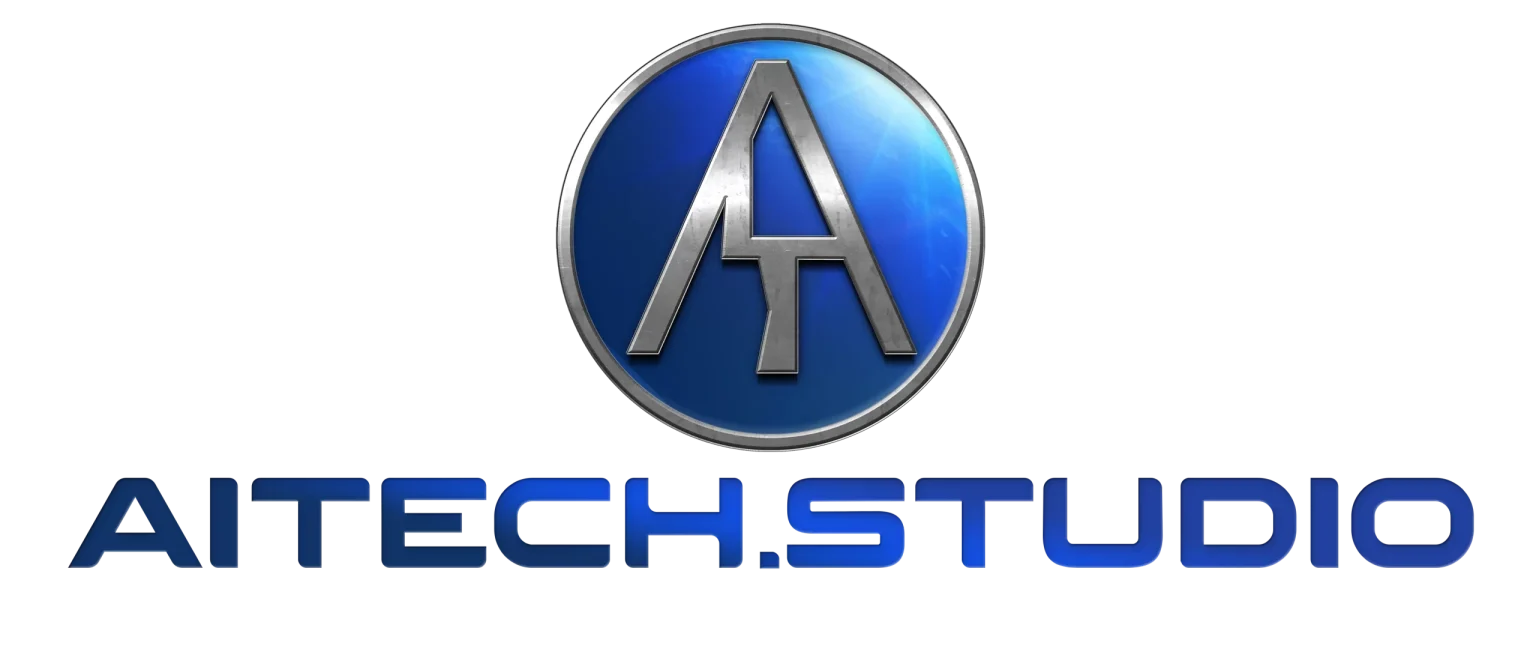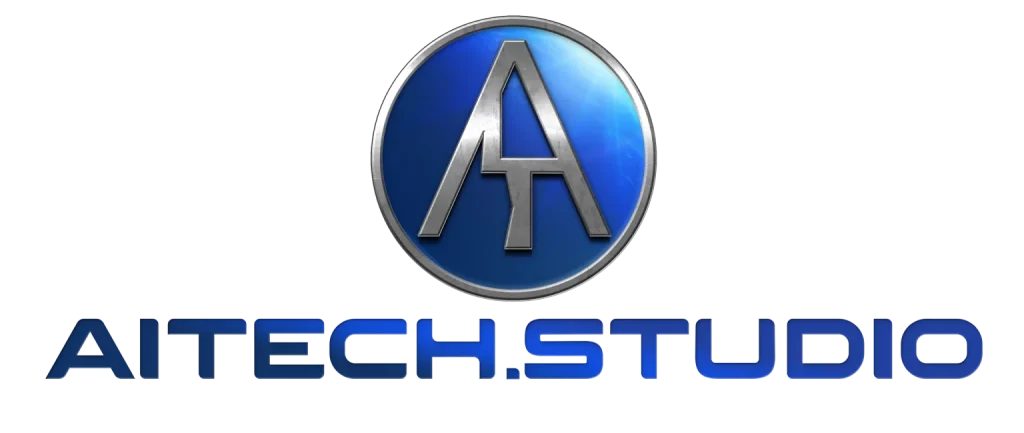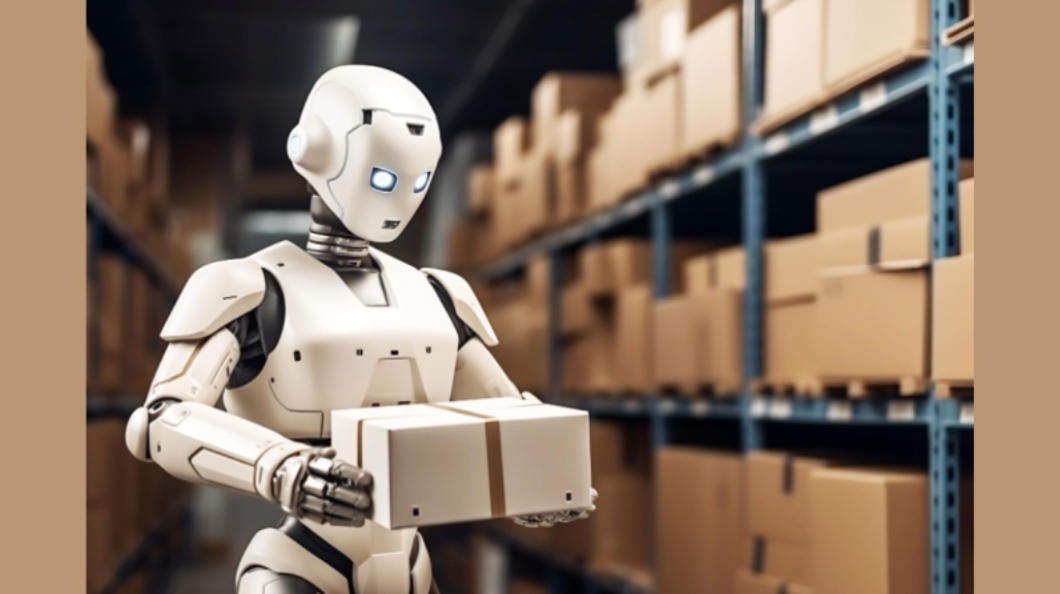Apollo is a versatile and agile robot developed for various industrial automation applications. With its advanced mobility and dexterity, Apollo can perform tasks like material handling, inspection, and assembly with precision. Equipped with sensors and cameras, it navigates and interacts with its environment effectively. Its adaptability, user-friendly programming, and safety features make it suitable for manufacturing and logistics, where industrial automation is crucial for streamlining operations and increasing productivity while maintaining high-quality standards.
Origin: Apptronik was founded in 2016.
Timeline: It is the newest humanoid robot, unveiled Aug. 23, is an all-electric model named Apollo
Developing Apollo Humanoid’s Goal: Apptronik’s goal in developing the Apollo humanoid robot is to introduce a new generation of versatile robots that can collaborate with humans and transform the industrial workforce. Initially focused on logistics and manufacturing, Apollo’s long-term potential extends to various industries, including construction, oil and gas, electronics production, retail, home delivery, and elder care.
Purpose: Apollo’s purpose in industrial processes is clear: to automate and optimize operations to achieve heightened efficiency and productivity. Its implementation marks a significant advancement in the realm of industrial automation, promising enhanced performance and competitiveness for businesses.
Industry Applications: Apollo’s versatility and adaptability make it suitable for adoption in various industries. It can find applications in manufacturing, particularly for tasks like material handling and assembly, streamlining production lines, and improving efficiency. In logistics and warehousing, Apollo can automate the movement of goods, enhancing order fulfillment and inventory management. Additionally, it can be employed in industries that require inspections, such as automotive or electronics, to ensure quality control and precision. Apollo’s potential use cases span various sectors where automation can optimize operations and reduce labor costs.
Market Value-Industry Wise: The market value of robots like Apollo varies across different industries. In manufacturing, the market for industrial robots is substantial, with a focus on automation, quality control, and enhanced production efficiency. In logistics and warehousing, robots like Apollo address the need for streamlined material handling and improved order fulfillment. The market emphasizes quality assurance in sectors requiring inspections and precision, such as automotive and electronics. The market value industry-wise depends on the specific applications and the growing demand for automation in each sector.
Targeted Customers: The adoption of a humanoid robot like Apollo is best suited for customers in a variety of industries and applications. Research and development institutions can utilize Apollo for AI and robotics research, while healthcare facilities can benefit from its assistance in patient care and rehabilitation. In the hospitality industry, Apollo can enhance guest services. Educational institutions find value in teaching robotics and programming. It’s also applicable in manufacturing, entertainment, personal use, customer service, aerospace, and logistics, catering to specific needs in each sector.
Target audience: Apptronik intends Apollo to cater to a broad spectrum of industries and tasks. Its primary target audience encompasses businesses in the logistics and manufacturing sectors that seek to enhance their operations through collaborative robots.
Key Benefits: Apollo offers key benefits, including enhanced operational efficiency through automation in various industries. Its agility and dexterity enable it to perform tasks like material handling and assembly with precision. The integration of sensors and cameras ensures adaptability and navigation in dynamic environments. Apollo simplifies programming and reconfiguration, making it user-friendly. Its safety features allow it to work alongside humans, reducing the risk of accidents. Ultimately, Apollo enhances productivity and quality standards while reducing labor-intensive tasks in diverse industrial applications.
Technical Specifications:
- HEIGHT: 5 feet 8 inches (172 cm) tall
- WEIGHT: 160 lbs (72.5kg)
- PAYLOAD: 55 lbs (25kg)
- RUNTIME: 4 hours – swappable
- PRICE: TBA(To be announced)
Technical Operations: Technical operations for a humanoid robot like Apollo encompass intricate movements of its joints and limbs, enabled by high-precision motors and sensors. These sensors allow for perception and navigation within its environment. Apollo employs artificial intelligence and machine learning to understand and respond to voice and gesture commands, recognize objects, and perform tasks autonomously. Human-robot interaction occurs through natural language processing, computer vision, and tactile sensors, enabling seamless collaboration in diverse applications, from customer service to research.
Environmental Factors: Environmental factors for a humanoid robot like Apollo may include temperature, humidity, and dust resistance to ensure optimal performance in various conditions.
Regulatory Requirements: Regulatory requirements for a humanoid robot like Apollo vary by location and application, encompassing safety, electromagnetic compatibility, and industry-specific standards.
Safety Requirements:
- Safeguards against physical harm: Agile Apollo must prevent injury to humans and itself through features like collision avoidance, speed limits, and emergency shut-off mechanisms.
- Reliable operation: The robot’s systems and software should function consistently and predictably to avoid unexpected behavior that could cause harm or damage.
- Transparent operation: The robot’s actions and intentions should be clear to humans through clear communication and predictable behavior, allowing for informed interaction.
Key Elements: Industrial Automation For Efficiency
- Usability: The usability of a humanoid robot like Apollo focuses on user-friendly interfaces, intuitive programming, and adaptability for various applications, enhancing user-friendliness.
- Maintainability: Maintainability of a humanoid robot like Apollo involves modular design, ease of servicing, software updates, and spare parts availability for long-term performance.
- Budget: The budget for Apollo can vary significantly depending on the specific model, features, and customization, ranging from tens of thousands to hundreds of thousands of dollars.
- Robot Cost: The company won’t share a price yet, but Cardenas(Apptronik CEO) believes that future Apollos should cost around $50,000 per unit for it to work for companies
- Cost of Ownership: The cost of ownership for a humanoid robot like Apollo includes the initial purchase price(to be declared), maintenance, and operational expenses, which can vary considerably.
Industrial Automation: Transforming Efficiency with Apollo
Apollo, an advanced automation system, is designed to revolutionize industrial processes by streamlining material handling, assembly, and inspections. Its primary objective is to enhance overall efficiency and productivity within industrial settings.
- Automation of Processes: Apollo employs cutting-edge technology to automate various tasks previously performed manually. This automation eliminates repetitive and labor-intensive activities, thereby reducing human error and increasing operational speed.
- Optimization of Operations: Through intelligent algorithms and real-time data analysis, Apollo optimizes industrial processes for maximum efficiency. It identifies bottlenecks, adjusts workflows, and allocates resources dynamically to ensure smooth operations.
- Enhanced Productivity: By automating and optimizing tasks, Apollo significantly boosts productivity within industrial environments. It enables quicker turnaround times, reduces downtime, and allows for greater output with minimal human intervention.
Success Story: Apollo Humanoid, a mass-producible humanoid robot from Apptronik, is transforming manual labor with advanced features and seamless human-robot collaboration.
Competitive Products: The Apollo humanoid robot faces competition from various companies developing similar technologies. Some notable competitors include Boston Dynamics’ Spot, Rethink Robotics’ Sawyer, and Agility Robotics’ Digit. These robots offer similar capabilities in terms of collaboration, adaptability, and versatility, making the market highly competitive. Apollo differentiates itself through its human-like form factor, advanced sensor suite, and AI-powered control system.
Company Investors, Founders & Co-Founders:
- Founders & Co-Founders: Jeff Cardenas (Apptronik CEO)
- Investors: Apptronik
Website Link: https://apptronik.com/product-page
Key Word: Industrial Automation









